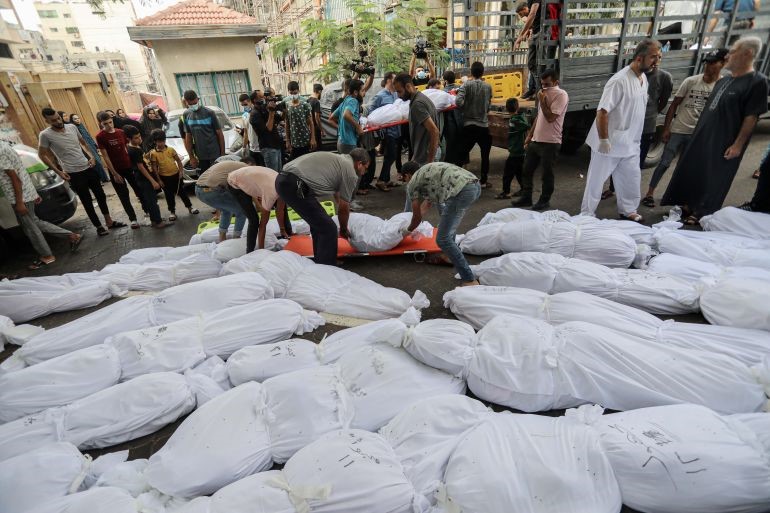LAND RIGHTS PROTESTS MET WITH MILITARY RESPONSE AND BRUTALITYE
0 comments | by Indigenous World - IWGIA's global report

Land rights protests met with militarised response and brutality
Arbitrary arrest and detention, shootings, tear gas, and killings. This is, how local authorities, military and police have reacted to non-violent protests of indigenous peoples throughout 2016.
People were shocked by how the protesters at Standing Rock were met with a disproportionate militarised response. At the same time in India and Bangladesh, land rights protesters were met with even harsher means. Several people got killed in Jharkhand in India and Gaibhanda in Bangladesh.
As at Standing Rock, indigenous peoples in Asia are being displaced from their ancestral land. The reason why? Corporates and governments have decided to use their land for forestry, plantations or energy projects. In short expropriation.
India: Not enough land to survive from
In the city of Ranchi in the Jharkhand state of India, 2,000 people in November protested against the local government’s lack of recognition and plan of expropriating indigenous forest and land. The indigenous communities have lived in the forests, protected the forests and made a livelihood based on the resources of the forests of Jharkhand for ages.
Therefore the communities took it to the streets and marched to the Governor’s house to return their land entitlement papers that left them with only small plots of land: “Not land enough to survive from,” as they said.
The new land entitlement papers that dramatically reduce the access to land for the indigenous communities are in direct contrast with the Forest Rights Act of 2006 that was adopted after decades of massive advocacy. The Forest Rights Act recognised the indigenous communities’ dependence on the forests and land.
Gladson Dungdung, an indigenous activist, had mobilised thousands from the affected indigenous communities. But the police reacted heavily to the masses and two people lost their lives, and hundreds were injured.
Conflicts over land in India have increased as the economy expands and more land is sought for industrial use and development projects. This leaves thousands of indigenous peoples homeless and displaced.
Bangladesh: Human chain hit by brutal response
A dispute over land near a sugar mill area in Bangladesh developed tragically.
It began peacefully when Kapaeeng Foundation and a Coalition of Indigenous Peoples’ civil society organisations organised a human chain to protest against the forced eviction of the indigenous peoples in Gaibhanda. In December the Santal indigenous peoples of the area were held back in their village, while the sugar mill authorities fenced off the disputed land. The belongings of the indigenous peoples at the land were demolished, and the villages were set on fire leaving over thousand families displaced.
The indigenous peoples in Gaibhanda mainly live from small-scale farming but were evicted from the land that is now claimed by the Rangpur Sugar Mill in Gobindaganj. The land, which the indigenous Santal community have been cultivating, are said to be of their ancestors and have been a dispute for a long time.
According to Bangladesh media, no government officials visited or commented the case of the affected people. The official agreement still makes it clear that the land would be returned to the original owners if the land is used for any other purpose than farming sugarcane. This did not happen and instead, two Santals were shot dead, 30 including 8 law enforcers injured, 3 arrested, while 1,200 families fled.
Indigenous peoples’ rights to lands, territories and resources as well as the principle of free, prior and informed consent are being neglected.
Indigenous land conflicts increase
The two cases from India and Bangladesh are not sensational, as disputes over land are seen more often in Asia. The brutality by which the protests are being met is also growing:
“We see an increasing number of cases where indigenous peoples’ rights to lands, territories and resources as well as the principle of free, prior and informed consent are being neglected. Governments and corporates – often in close cooperation – do not recognise the rights of indigenous peoples as stated in the UN Declaration of the Rights of Indigenous Peoples, when they claim the land that provides the basis for indigenous peoples’ livelihoods,” says Signe Leth, programme coordinator at IWGIA.
According to her, one way to react to the issue is to keep on reminding governments and corporates that indigenous peoples have rights. But always in peaceful ways:
“The human chain and the returning of land entitlement papers are good examples of non-violent protests,” says Signe Leth.
Tags: Land rights





